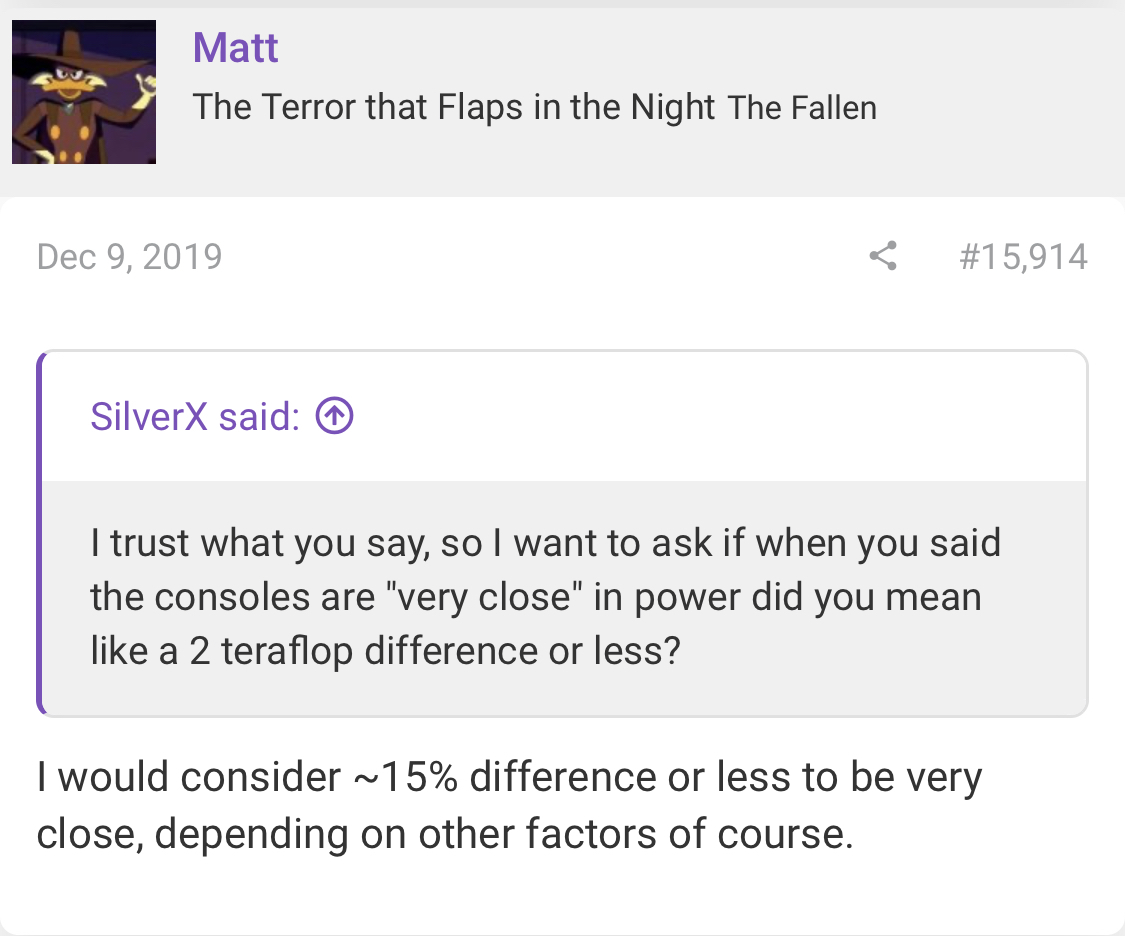AMD said that given the relatively small amount of memory in a graphics card today, the GPU must slice and dice workloads and then manage the merging of those disparate parts. When the GPU wants more work, it has to signal the CPU, which then fetches data from the larger pool of local system RAM or primary storage. This incurs latency.
With SSG, the CPU is bypassed entirely, which greatly reduces latency, AMD said. The company didn't disclose too many details, but SSG appears to be based on a standard M.2 interface using PCIe.
SSG would not replace graphics RAM itself, such as GDDR5+ or HBM or HBM2, as it would be too slow. The company's new Polaris-based Radeon RX 480, for example, has about 256GBps of memory bandwidth on tap. The best you can get out of a single M.2 interface today is 1.5GBps to 2GBps.
...
The SSG memory would be treated as part of a huge pool of RAM. If the GPU can't find its data in the local GDDR5+ or HBM RAM, it would then search the SSG. Only after that would it have to ask the CPU for what it wants.

www.resetera.com



